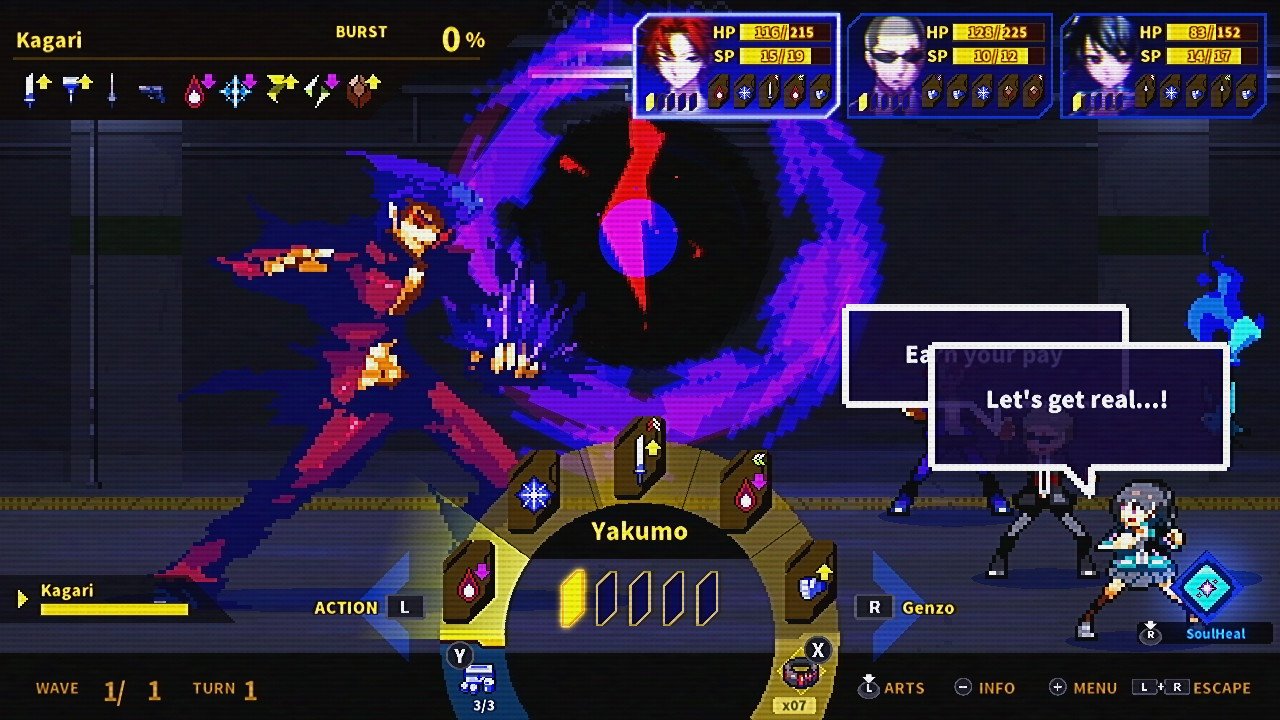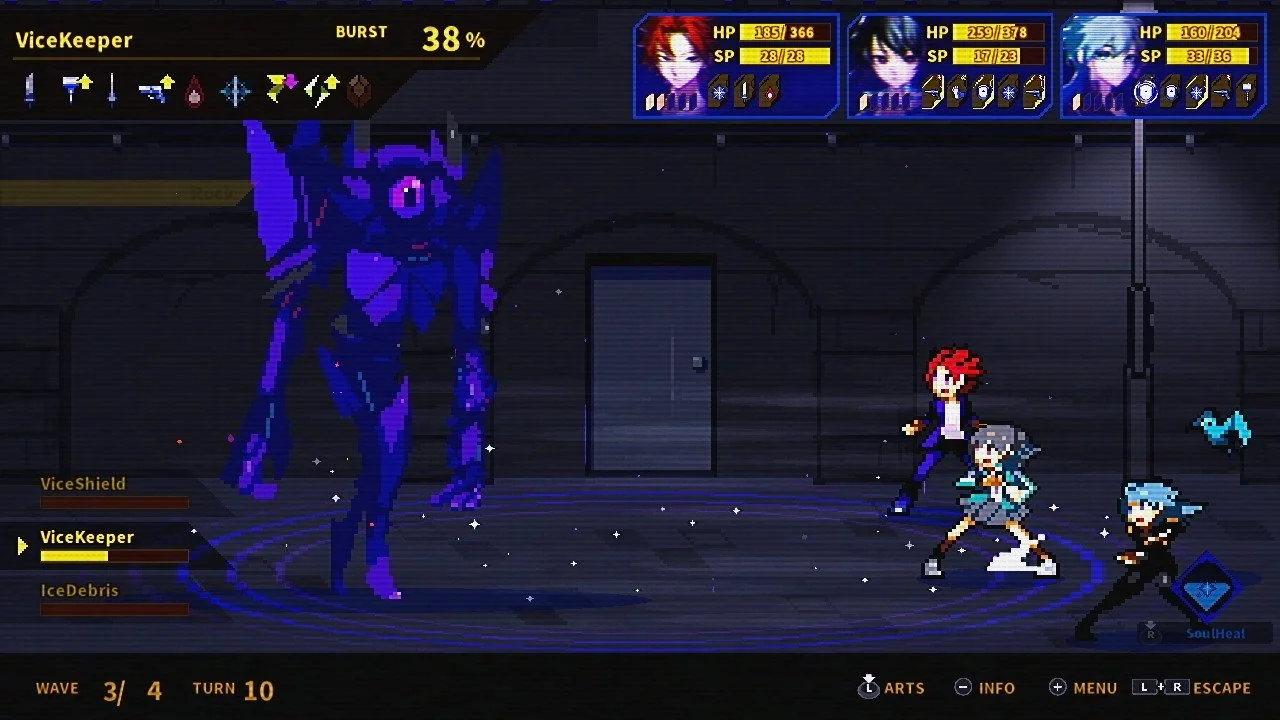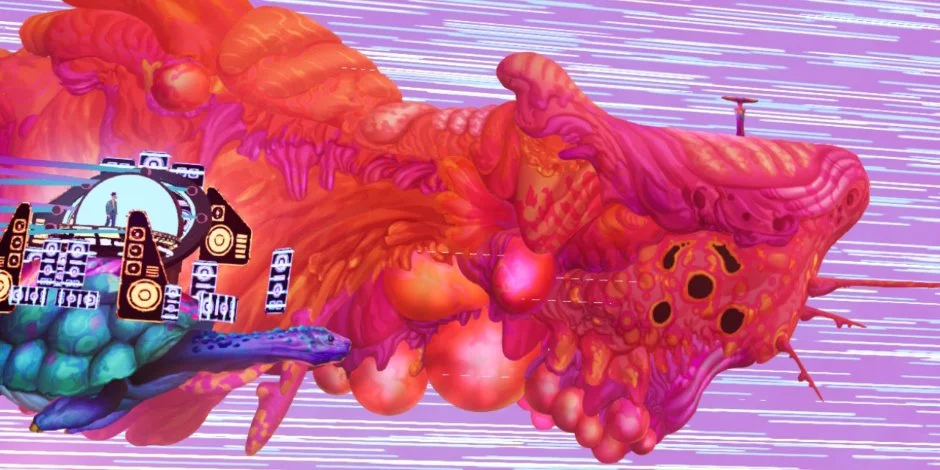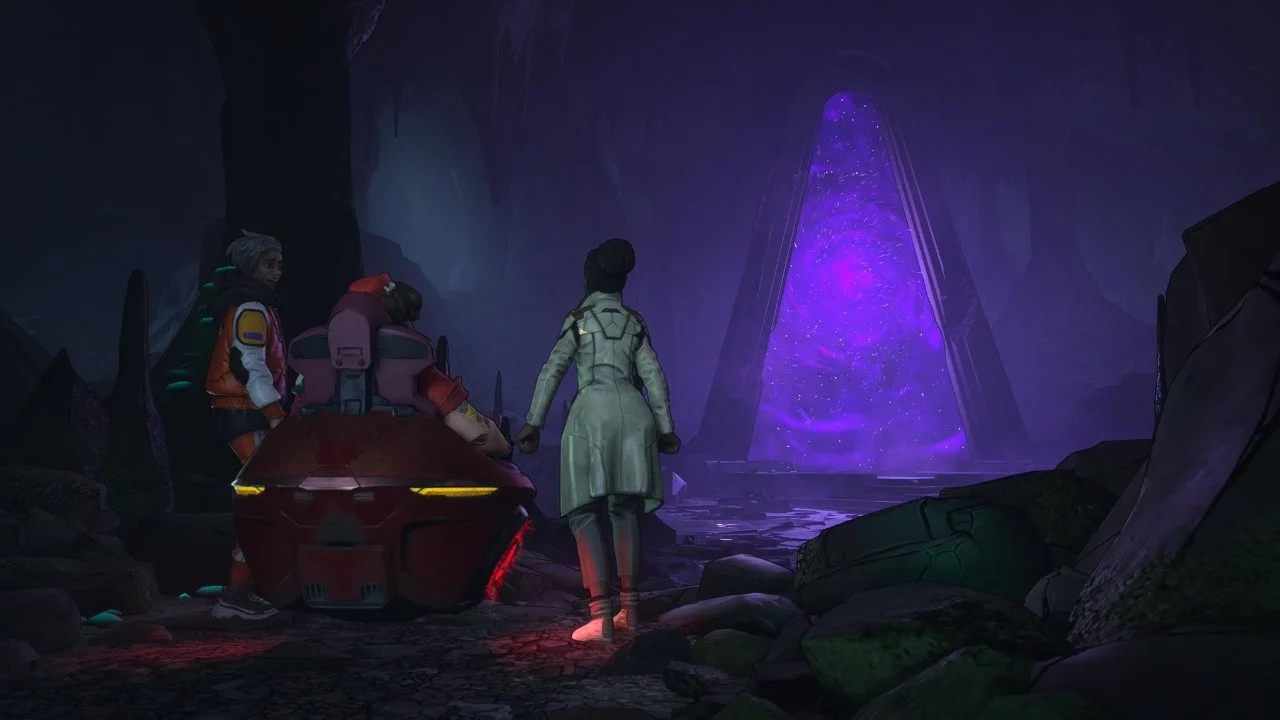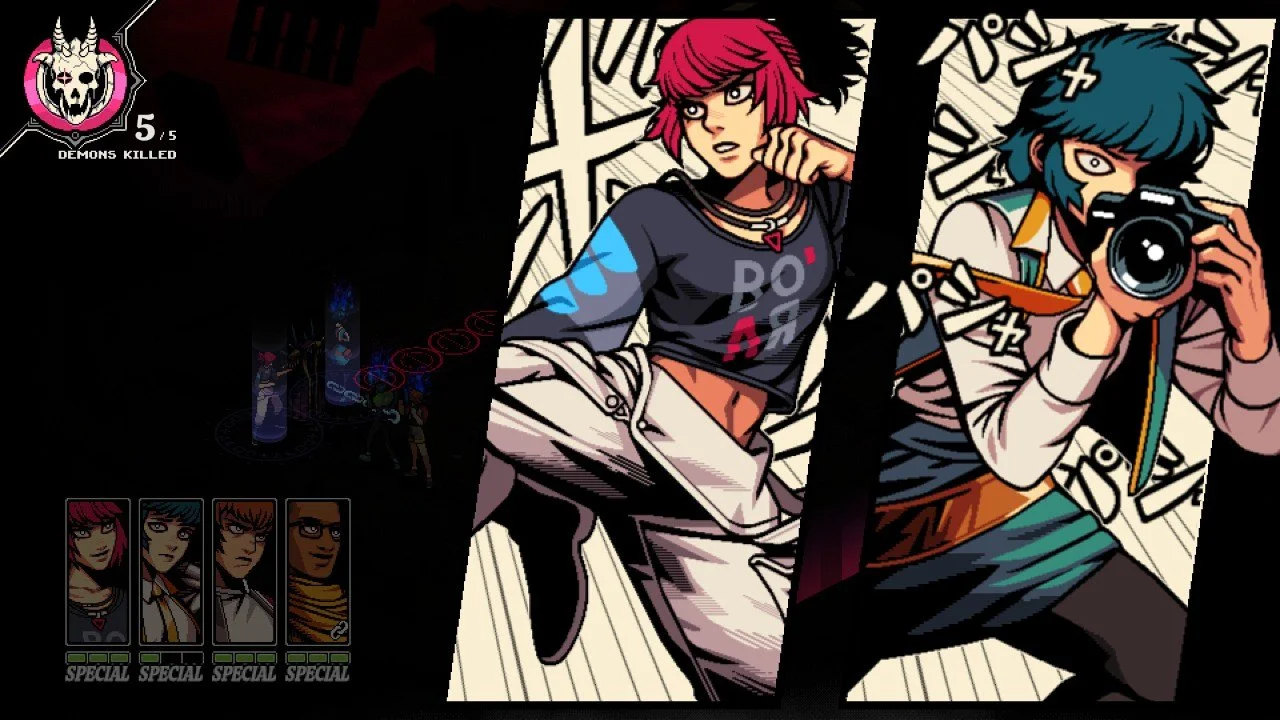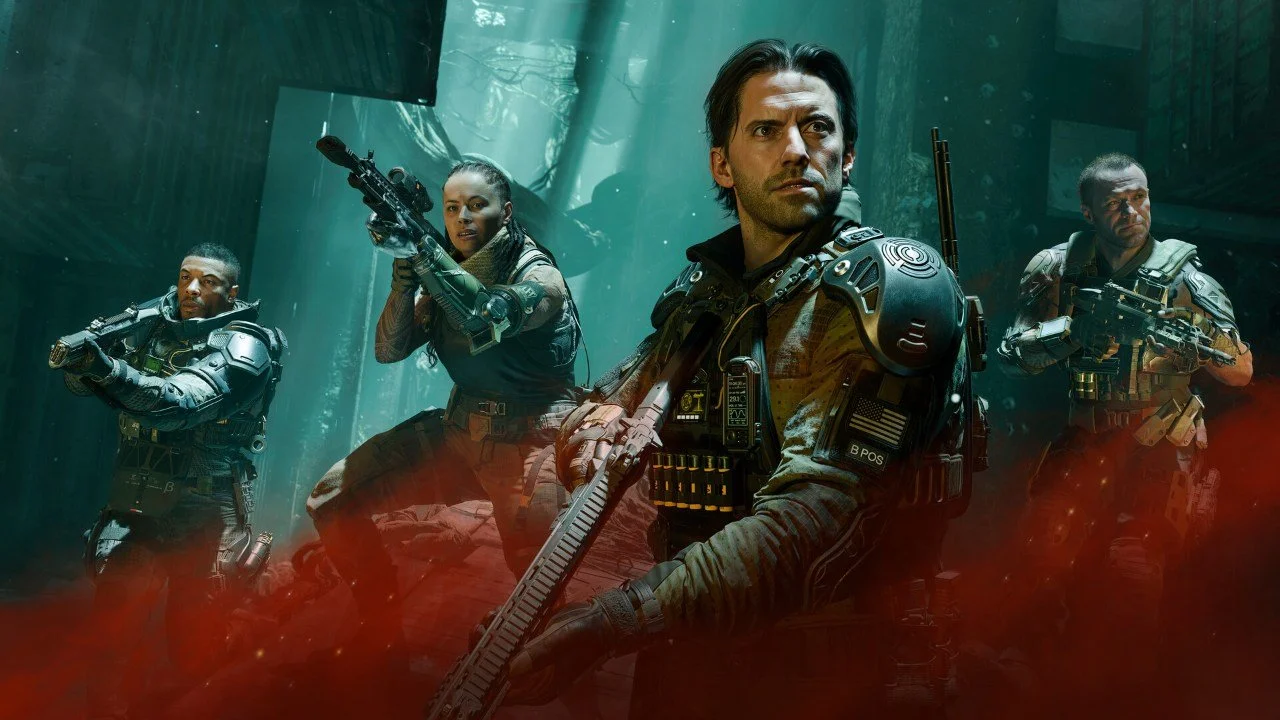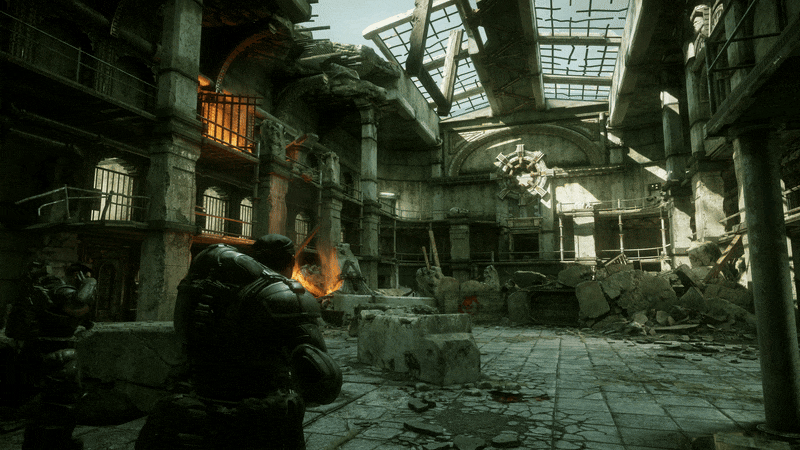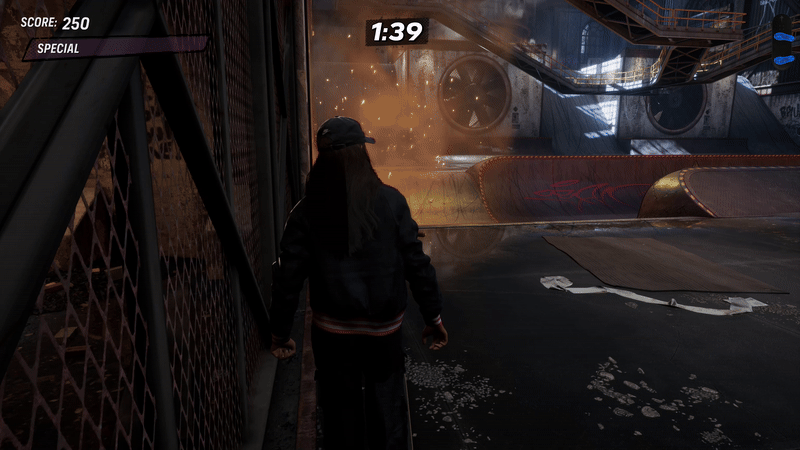Nintendo Switch review code provided by SHUEISHA GAMES.
Pixelated RPGs have made a tremendous comeback in recent years, breathing new life into this classic art style. Some of these titles are coming from the major studios that pioneered the aesthetic way back in the early days of gaming, but many more are coming from a new generation of developers who grew up on and were inspired by those early games.
SOULVARS is one such project, made by solo developer ginolabo in collaboration with SHUEISHA GAMES. Inspired by turn-based, pixel RPGs of yore, SOULVARS seeks to harness the nostalgia of role-playing fans around the world while offering a fresh twist on combat. Unfortunately, the trait SOULVARS manages to most successfully replicate from those older titles is how confusing and frustrating they could be.
Story
SOULVARS ostensibly tells the story of Yakumo, a freelance Soulbearer who takes on contracts to eliminate technological monsters that have taken over much of the world. Along the way, Yakumo picks up a few additional party members to aid in his quest to defeat these Dominators. Other Soulbearers appear as well, sometimes as non-playable allies and other times as formidable bosses.
And that’s about the most storytelling SOULVARS has to offer within the game itself. There’s a fair amount of dialog, but it mostly boils down to characters barking one-liners at each other or using choppy jargon to explain what’s happening on screen. It’s hard to follow and deeply uninteresting, even after a predictable, mid-game twist that feels entirely unearned.
SOULVARS’ story feels like something that was conceived as a cool idea for a setting and world, and the narrative elements were tacked on much later down the road. Characters rarely refer to each other by name past their introduction, and a lack of character names in dialog boxes makes it difficult to know who’s speaking or even who a specific character is.
The story moves too quickly, with plot points failing to stand out in any significant way. Antagonistic Soulbearers will show up for the first time, act as if they already have this longstanding history with the main characters, then disappear completely from the game. It’s possible that something was lost in the localization from the game’s native Japanese, but even so, SOULVARS’ story is still nearly incomprehensible in this state.
Gameplay
I wouldn’t be shocked if the narrative development of SOULVARS was backburnered in favor of honing the combat elements, because that’s where this game actually finds its groove. Turn-based encounters pit Yakumo and his team against a variety of monsters that all have different weaknesses and elements affinities. Figuring out how to best build your team to tackle any situation is a key part of progressing through the game.
The deck-building nature of SOULVARS is one of its more unique elements that works pretty well for the most part. Combining different pieces of equipment to maximize stats while also building into different set types can be fun, forcing you to think strategically about what kinds of attacks you want each character to specialize in.
The downside to this system, though, is how much time and effort it can take to actually dial into any one setup. Swapping a character to a different Souldriver means the majority of their stats take a steep nosedive, forcing you to grind against weaker enemies to build them back up. Making this change to adjust for a difficult boss battle can be incredibly frustrating, especially when you also have to teach said character a whole new list of combat arts.
Combat arts are the most powerful attacks your characters can use in SOULVARS, so much so that they’re really the only thing you’ll want to use when trying to take down tougher opponents. But each art utilizes specific attack commands, and changing out a character’s elemental type or switching out their equipment can render learned arts inaccessible.
It’s a balancing act, but one that never feels like it actually pays off in the way it should. Changing out a character’s equipment and stats should make them feel different in combat, but even after multiple battle styles and careful set tweaks, I continued to run into the same issues.
What makes all of this feel worse is how unnecessary it truly is until the very end of the game. Most of the battles are fairly easy to deal with, though some bosses may require stocking up on items or making small adjustments to each character’s deck. The final boss, however, is a test of endurance that runs you through multiple waves of enemies before throwing out a damage sponge that attacks you three times for every single move of yours.
It’s a difficulty spike that sent me back out into the world to grind for better damage resistance, combat arts, and stat-boosting equipment. Even after a few more hours of careful deliberation and intense grinding, I still found myself dying against that final monster before I make a dent. There’s a disconnect between the RPG elements of the game and how they actually bear out in battle, and it makes respeccing your characters feel both grindy and unrewarding.
What’s worse is that there’s truly nothing else to SOULVARS besides its combat. Side quests offer a meager incentive to deviate from the beaten path, but they never ascend beyond the simple “find and destroy” trope. Exploration is even worse, with nearly identical rooms making up the majority of the game’s environments.
It’s hard to even call moving through the world “exploration,” as you simply tilt the joystick in a direction and Yakumo runs to the next area. It’s reminiscent of movement in older visual novels or browser-based games, and it makes moving through any particular area a tedious slog.
Audio and Visual
SOULVARS’ music does an admirable job of setting a dramatic tone, especially when it can be difficult to tell what exactly is happening in the story. The boss battle music is fittingly epic, and even the ambient music strikes a satisfying mood of technologically sinister. It plays well with the game’s overall aesthetic and even surpasses the visuals thematically.
The pixelated graphics of SOULVARS unfortunately don’t hold up as well as its music. There’s a lifelessness to every sprite that saps every narrative beat of any emotion, rendering these characters as little more than puppets. The environments also leave a lot to be desired, with every location recycling the same three or four room types to fill out zones made up of dozens of individual locations.
What Could Be Better
Just about everything in SOULVARS could have used a little more time. From the story to the progression systems, it all feels a little underdeveloped or unfinished. The plot is all over the place, with characters randomly appearing and disappearing with no real explanation as to why. The goals of the main characters are as substantial as tissue paper, and the only consistent antagonistic presence comes from random monster encounters.
I’d love to have clear moments of interaction between each character, with dialog that actually makes them feel like real people and not cardboard cutouts. The progression systems need clearer lanes of advancement, especially when it comes to balancing character stats to actually survive encounters. The artificial grind to simply test out new character builds also needs to be lightened significantly.
Verdict
The thing that works best about SOULVARS is its combat system, which feels like it’s the one feature that received the most testing and care. Almost everything else feels unfinished or underdeveloped, resulting in something lopsided and tedious. There’s the skeleton of a fun video game here, but SOULVARS in its current state is a disappointing experience that never manages to be more than a one-trick pony.
SOULVARS will be available on June 27th, 2023, for Nintendo Switch, Xbox One, Xbox Series X|S, PlayStation 4, PlayStation 5, and PC via Steam and the Epic Games Store.
